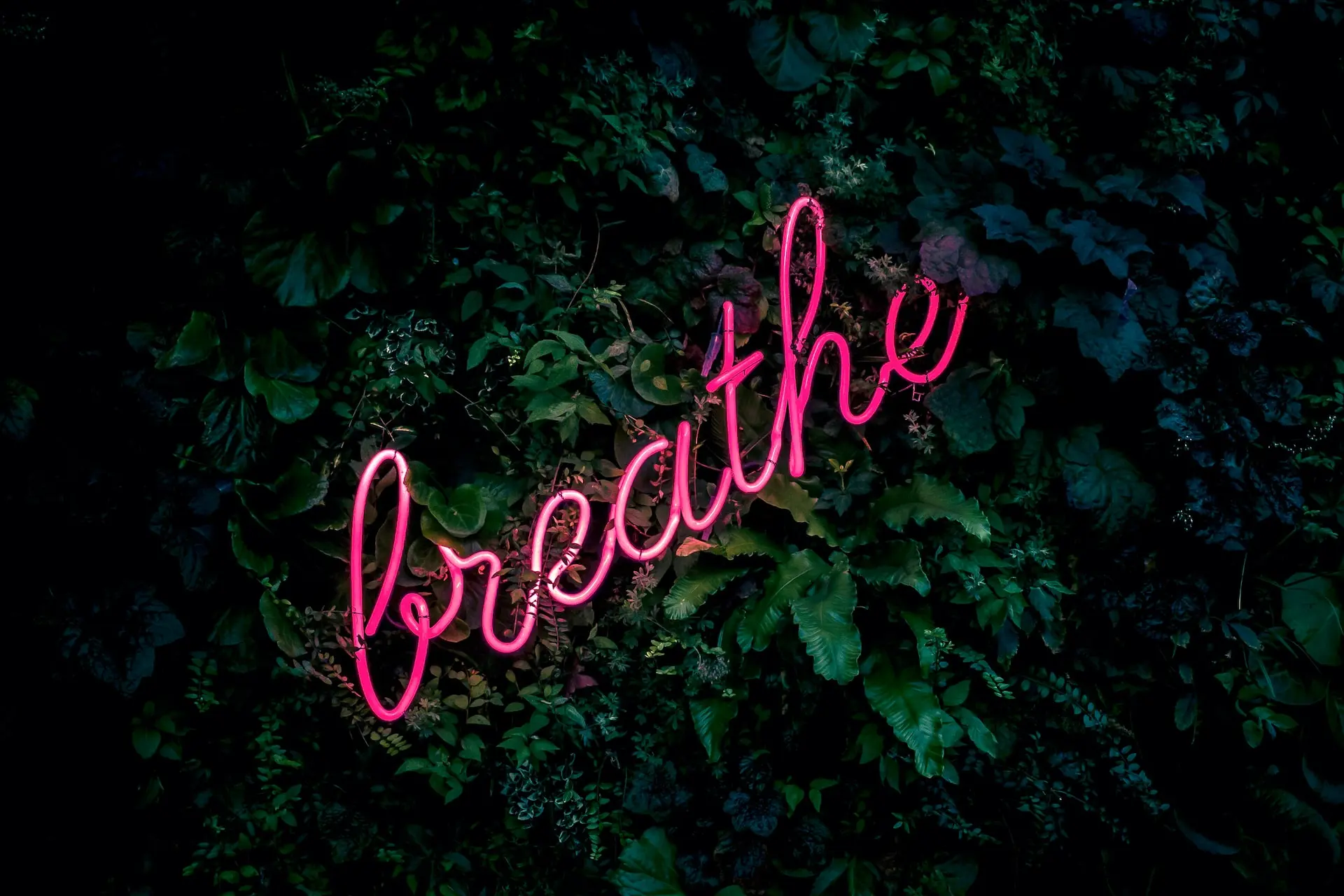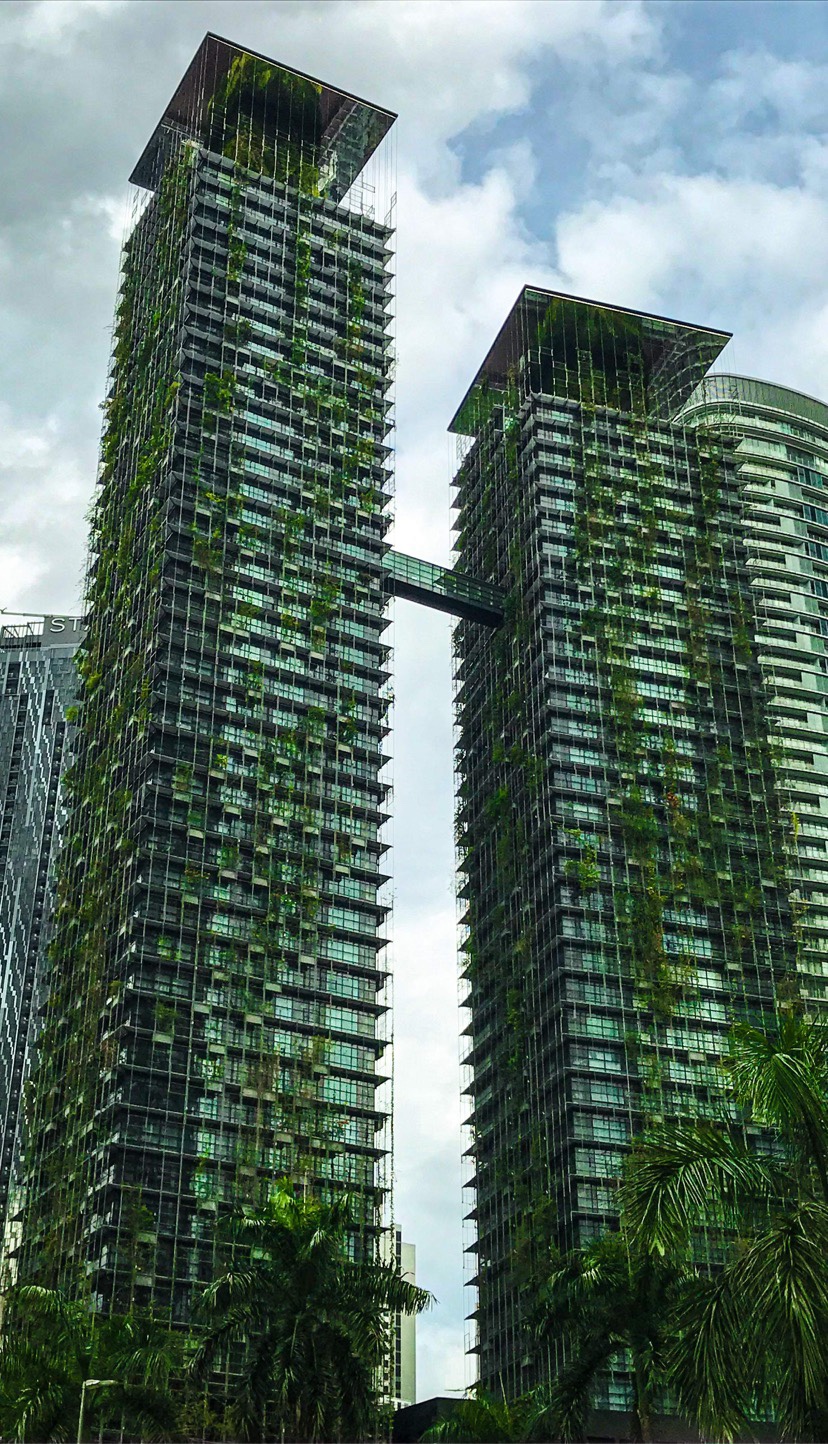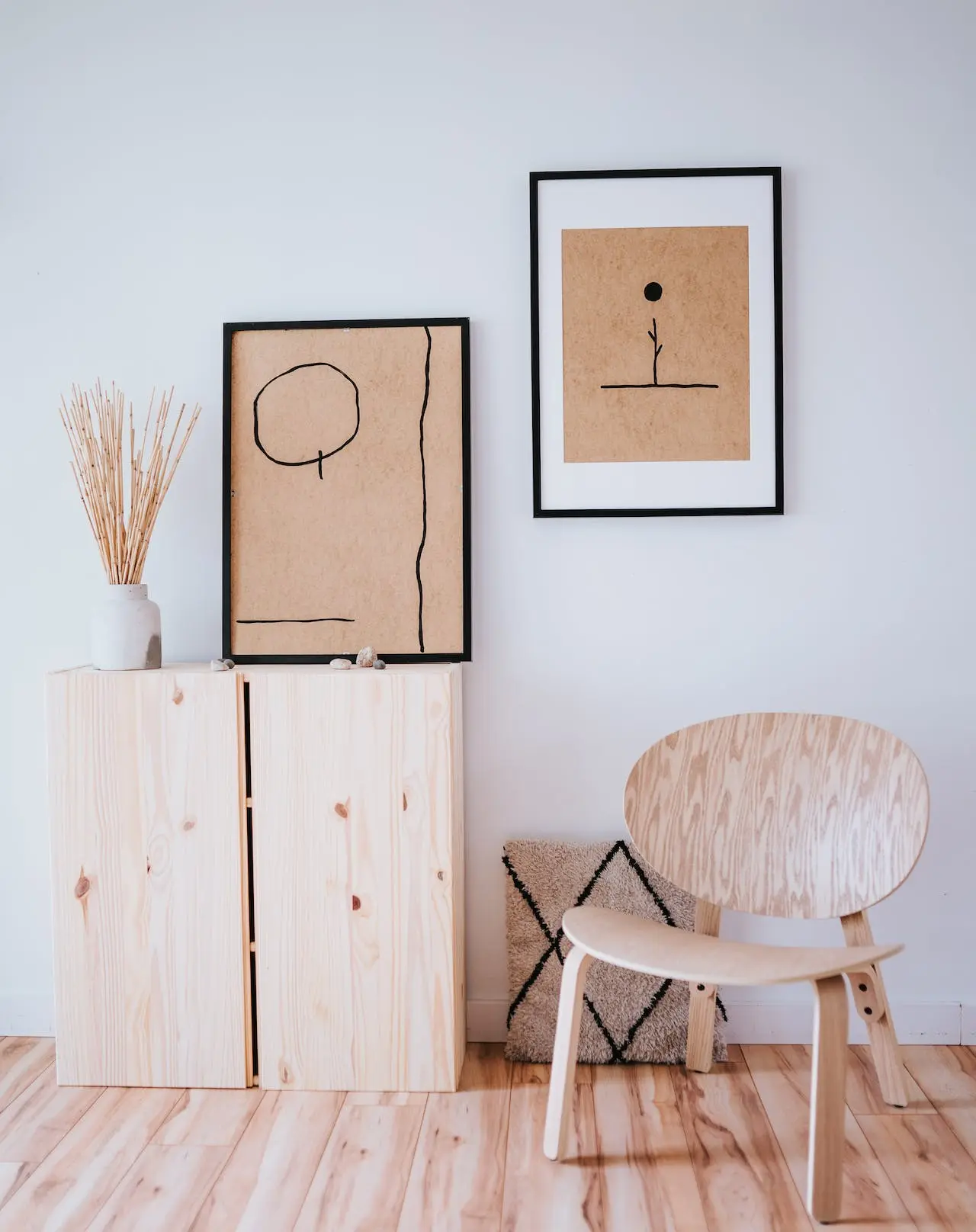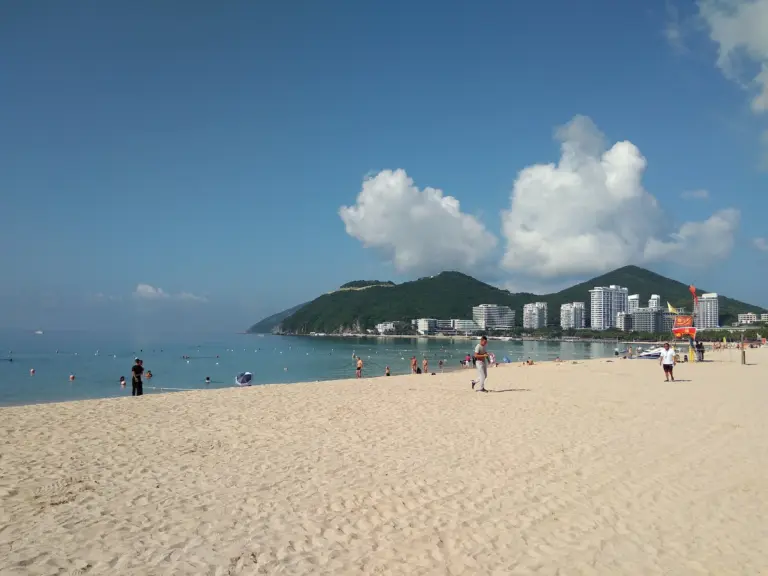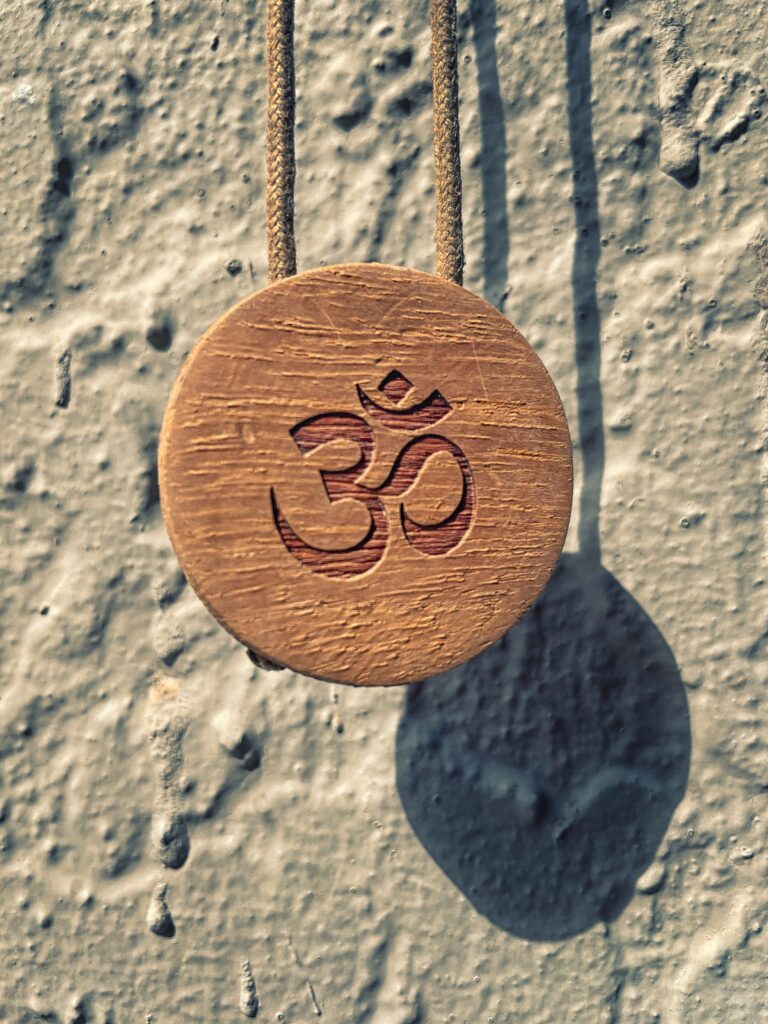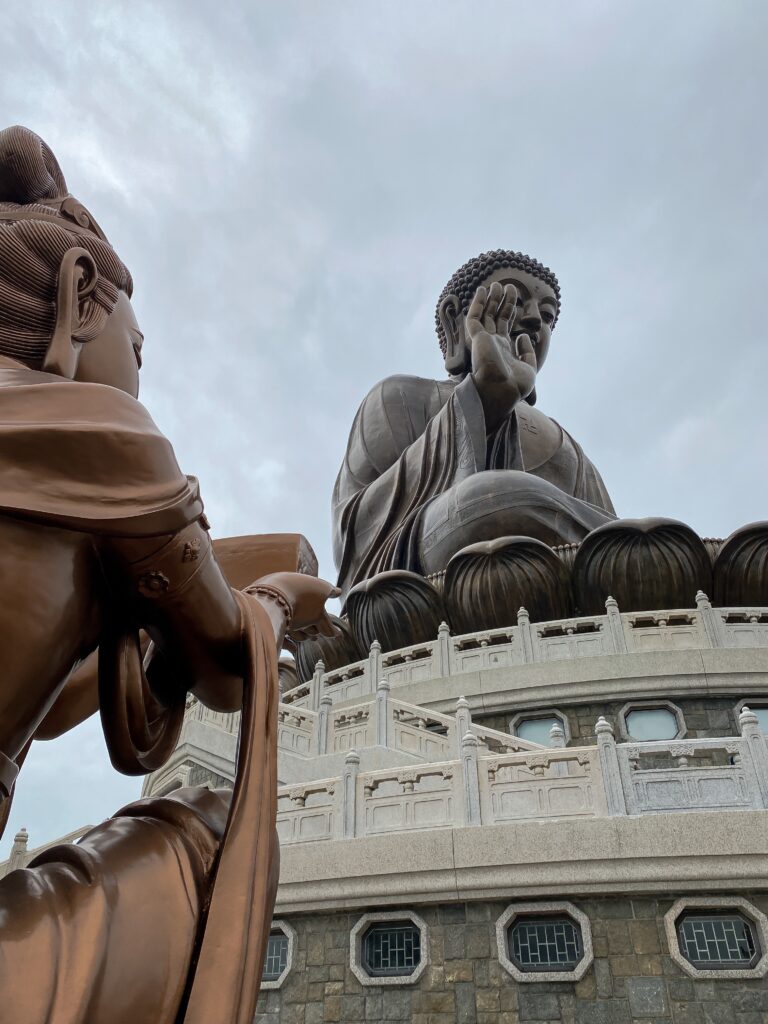Three days in Mongolia might not sound like a lot, but it’s enough to scratch beneath the surface of this vast country.
Forget about trying to cover every inch; think of this as your chance to dive deep into the heart of the Orkhon Valley, a slice of Mongolia that packs in everything from ancient ruins to rolling steppes and thundering waterfalls. It’s about quality, not quantity.
Starting off with the historical heavyweight sites like Karakorum and Erdene Zuu gives you a direct line to Mongolia’s rich past. Then, switching gears to the natural spectacle of Orkhon Waterfall lets you experience the country’s wild side. And wrapping up with a day in Hustai National Park, where wild horses roam against a backdrop of endless grasslands, couldn’t be a better way to see what Mongolia is all about.
This itinerary isn’t about rushing from one landmark to another. It’s an invitation to take a moment, breathe in the crisp air, and let Mongolia’s spirit seep into you. These three days in the Orkhon Valley are your gateway.
Let’s keep it real and see what Mongolia has to offer.
Table of Contents
Toggle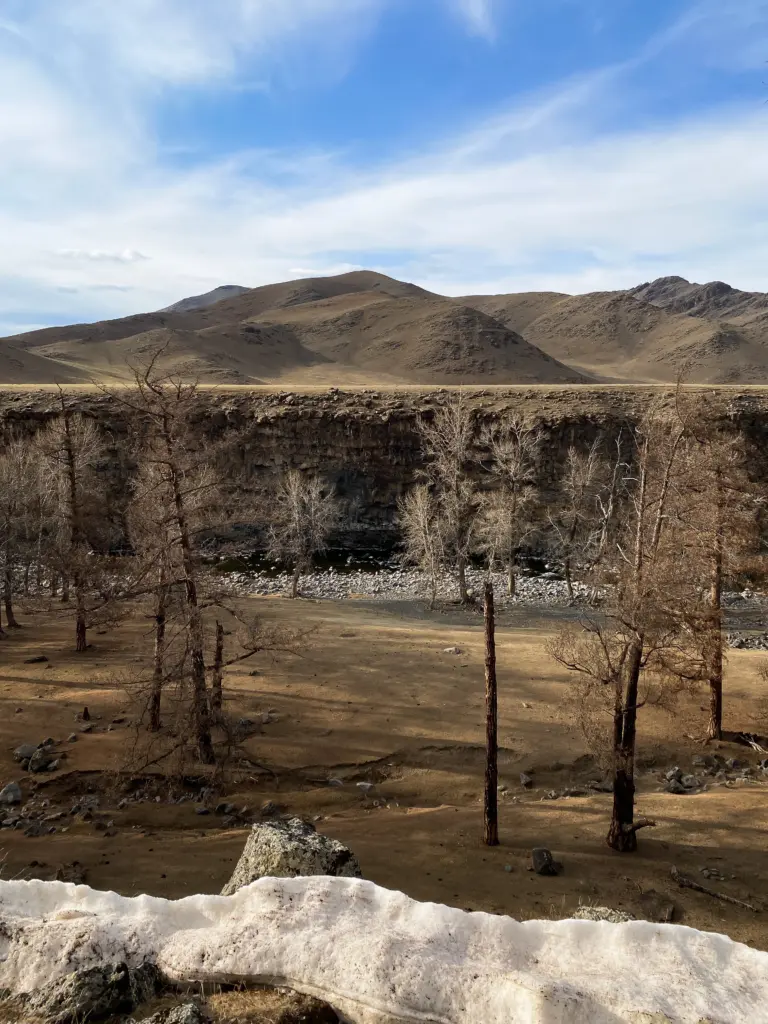
What to Know About the Orkhon Valley
The Orkhon Valley is a place where history, culture, and natural beauty converge in a landscape that seems almost untouched by time.
Stretching along the Orkhon River, about 360 km (223 mi) west of Ulaanbaatar, this area is recognized as a UNESCO World Heritage Site.
The valley’s geography is made up of steppes and semi-arid regions, bordered by the protective embrace of the Khangai Mountains.
Historically, the Orkhon Valley is a cradle of Mongolian civilization.
It was here, amid these rolling hills and along these winding rivers, that ancient empires rose and fell. The valley was the center of the Uighur Empire in the 8th and 9th centuries and later became the heartland of the Mongol Empire under Genghis Khan, with Karakorum serving as its capital in the 13th century.
3-Day Orkhon Valley Itinerary
Originally, this tour was supposed to be a part of the Gobi Desert tour, totaling around 9 days on the road that I booked with UB Guesthouse. However, due to some circumstances, it ended up being divided into a 3-day and 5-day which was actually not bad. Having a chance to get back to Ulaanbaatar to freshen up and stock up before going back into the wilderness was a welcome respite.
Each destination also has their own dedicated article if you want to learn more information and our experiences.
Here’s what a 3-Day trip to the Orkhon Valley would look like:
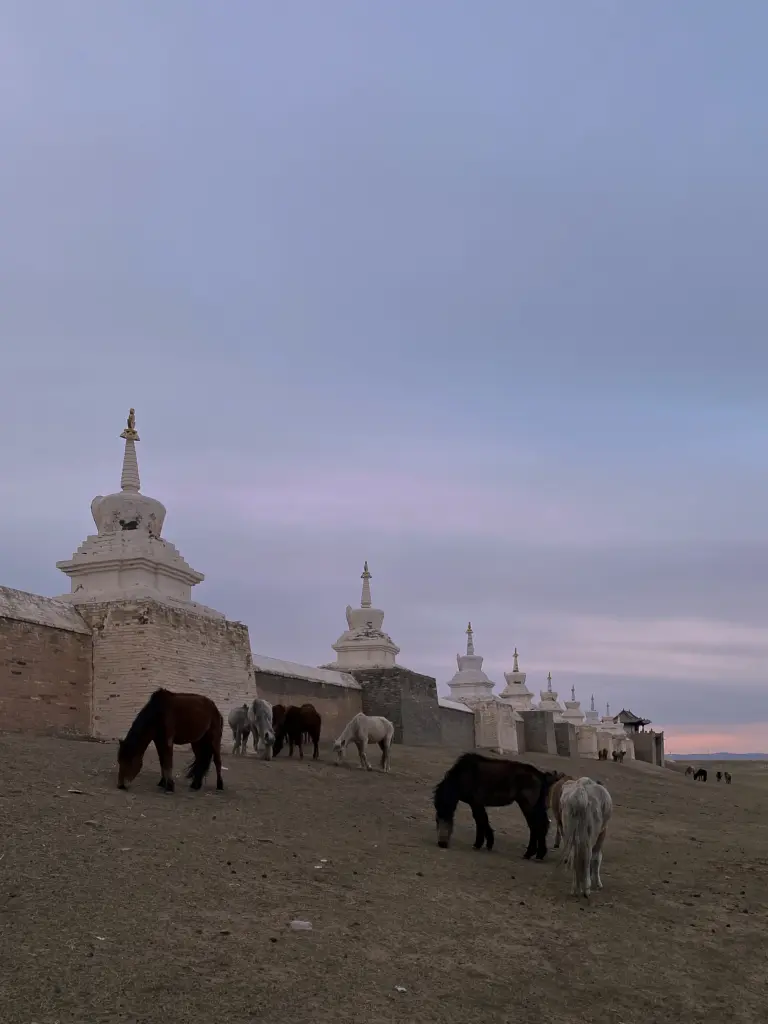
Day 1 - Karakorum & Erdene Zuu Monastery
The first day brings you to the ancient city of Karakorum, the once-flourishing capital of the Mongol Empire. Here, amidst the ruins, you’ll tread where Genghis Khan and his successors once established their power base, linking the East with the West through the Silk Road.
The archaeological site, with its remnants and the museum nearby, offers a tangible connection to Mongolia’s glorious past, presenting artifacts and insights into the life of the empire.
Just a short distance from Karakorum, you’ll find the Erdene Zuu Monastery, Mongolia’s oldest Buddhist monastery and a symbol of the country’s spiritual heritage.
Established on the ruins of Karakorum, Erdene Zuu represents the introduction and flourishing of Tibetan Buddhism in Mongolia. The monastery, encircled by 108 stupas, is a complex of temples richly adorned with Buddhist art, statues, and thangkas that tell the story of Buddhism’s journey in the country.

Day 2 - Orkhon Waterfall
Day 2 takes you deeper into the Orkhon Valley to witness one of Mongolia’s natural marvels, the Orkhon Waterfall, formed by volcanic eruptions and the subsequent erosion over millennia.
This breathtaking cascade, also known as Ulaan Tsutgalan, is a highlight for many, offering a stunning display of nature’s power and beauty.
The waterfall, fed by the Orkhon River, plunges from a height of over 20 m (65 ft), creating a misty veil and a thunderous sound that can be heard long before it comes into view.
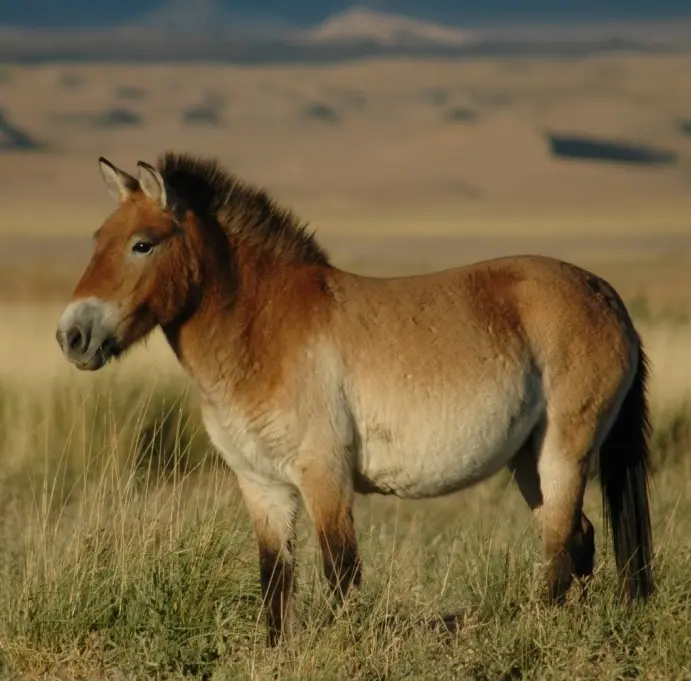
Day 3 - Hustai National Park
On Day 3, your journey through the Orkhon Valley takes a wild turn to Hustai National Park, a remarkable haven for wildlife and natural beauty.
This day promises a blend of adventure and discovery, centered around one of Mongolia’s most celebrated conservation successes—the reintroduction of the Przewalski’s horse, known locally as Takhi. The only true wild horse left on our planet.
Hustai National Park is renowned for its efforts to restore the Przewalski’s horse to its natural habitat. Once on the brink of extinction, these wild horses now roam freely in the park.
Beyond the Przewalski’s horse, Hustai National Park is a biodiverse area with rolling steppes, forests, and rivers that are home to red deer, marmots, eagles, and wolves.
After a day of exploring Hustai National Park and encountering the unique wildlife, it’s time to return to Ulaanbaatar.
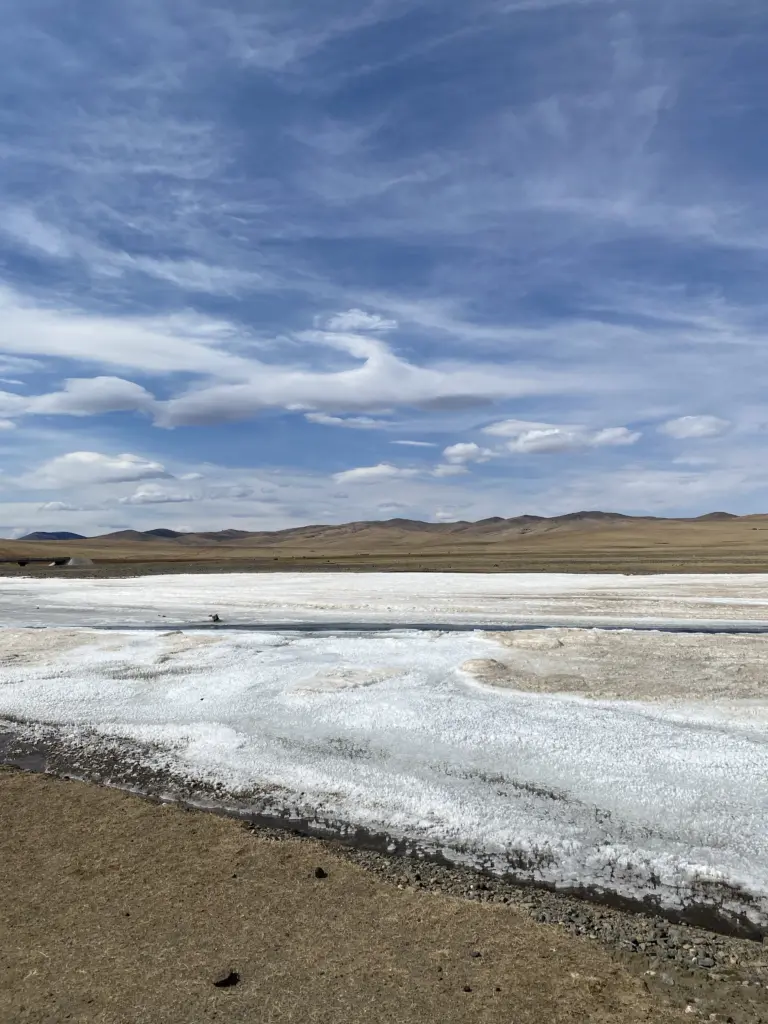
Where to Book the Tour
If you still haven’t booked a tour, I recommend either staying with UB Guesthouse in Ulaanbaatar or just contacting them for the rates, you’ll be surprised at how affordable they are.
In this case, we were only two people so we had to pay 100 USD per day which amounted to 300 USD for the whole trip, as opposed to when I did the 5-Day Gobi Desert trip, we were 6 people so I ended up paying the same amount for more days. It all depends on the group, but Bobbi would always try to find more people to join.
Here’s the breakdown I got from Bobbi, the owner of UB Guesthouse, for the Orkhon Valley Tour:
Orkhon Valley Tour Cost:
- 160 USD per day for 1 person
- 100 USD per day each for 2 people
- 80 USD per day each for 3 people
- 70 USD per day each for 4 people
- 60 USD per day each for 5 people and more
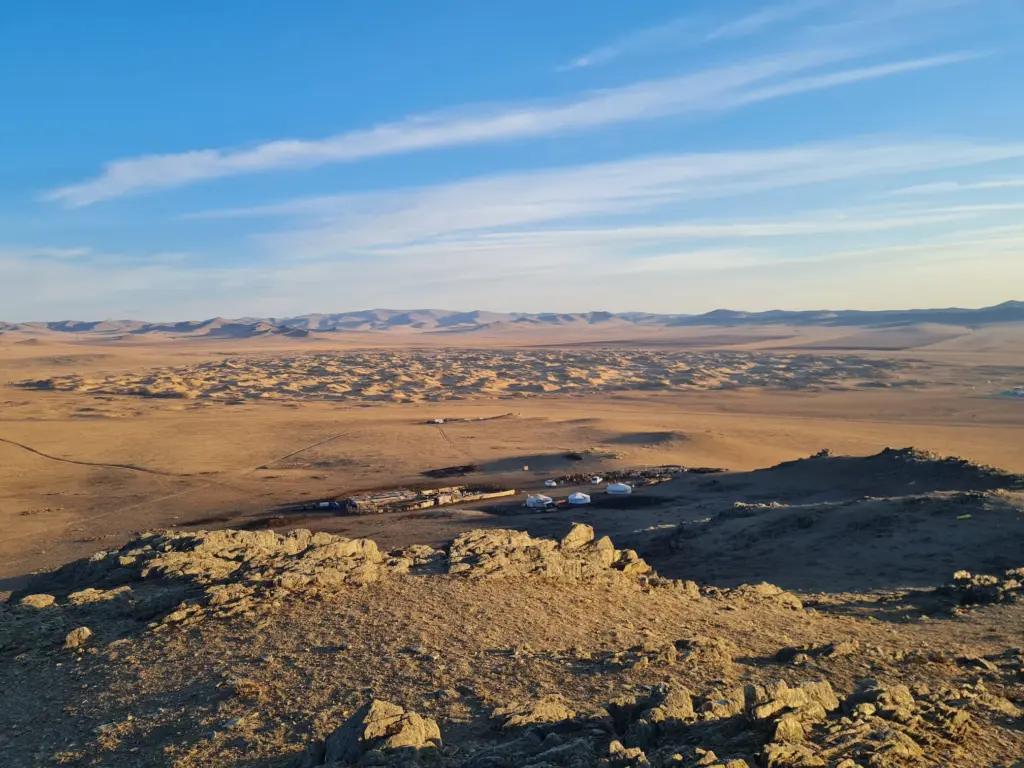
Best Time to Visit the Orkhon Valley
Exploring the Orkhon Valley is best from late spring through early autumn—specifically, June to September. This period avoids the extreme cold of the Mongolian winter.
In June, the valley welcomes the start of warmer weather. Temperatures hover around 10°C to 20°C (50°F to 68°F). The landscape begins to bloom, and the Orkhon Waterfall swells with snowmelt, presenting a spectacular view.
July and August see the warmest weather, with daytime temperatures ranging from 15°C to 30°C (59°F to 86°F). This is the peak season for travel in Mongolia, offering warm, long days that are perfect for exploring the vast landscapes of the Orkhon Valley.
By September, the heat starts to wane, and the valley shifts into the vibrant colors of autumn. Temperatures during this month can vary between 10°C to 20°C (50°F to 68°F), combining the warmth of summer with the crisp air of approaching fall. This time is particularly magical in the Orkhon Valley, as the changing leaves contrast beautifully with the still-flowing waterfall and the grasslands begin to take on a golden hue.
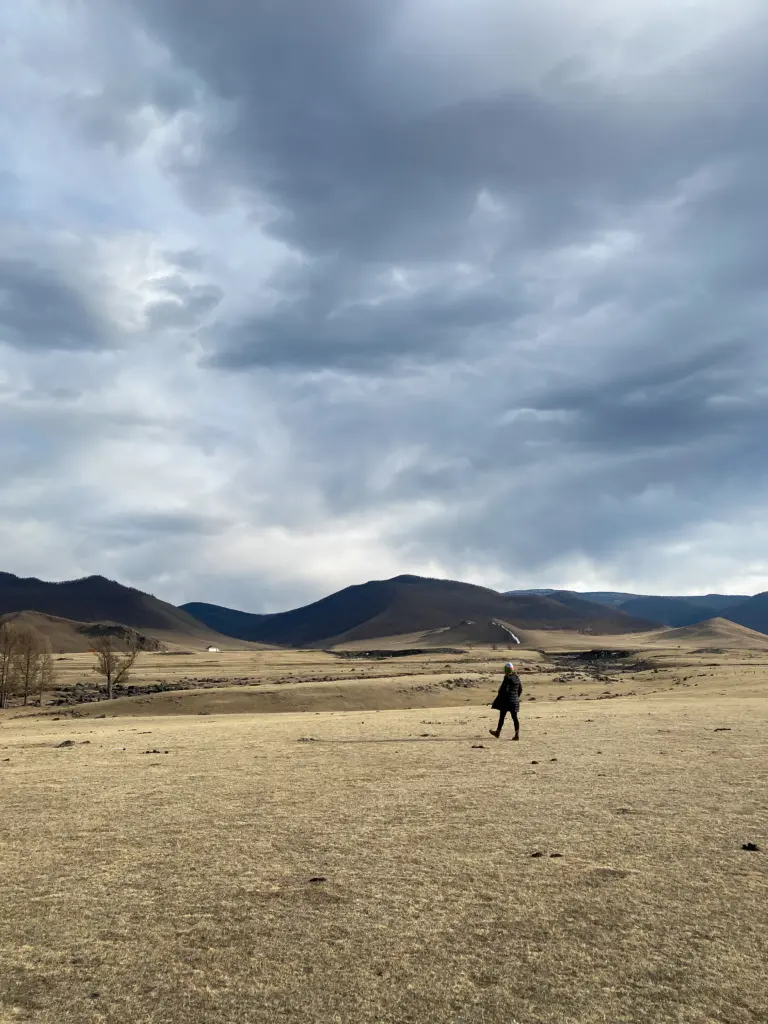
What to Expect While Traveling in the Orkhon Valley
Traveling through the Orkhon Valley presents an adventure quite distinct from the starkness of the Gobi Desert, yet some universal aspects of Mongolian travel remain the same. Here’s what to expect while journeying through the Orkhon Valley:
- The expansive nature of the Orkhon Valley means that getting from one site to another often involves considerable time on the road, typically 5 – 7 hours each day. Your journey will take you through a variety of terrains, from lush steppes to river valleys, often on unpaved roads that may offer a bumpy ride. It’s wise to bring motion sickness medicine if you’re prone to it, but rest assured that the journey is worth it.
- Despite these challenges, the Orkhon Valley rewards travelers with its awe-inspiring landscapes, from the majestic Orkhon Waterfall to the ancient ruins of Karakorum. The region is also a haven for wildlife. Expect to see herds of horses and livestock, with the possibility of spotting wild animals such as deer, foxes, and numerous bird species. The scenic beauty and historical depth ensure there’s always something fascinating beyond your window.
- Facilities in the more remote parts of the valley can be basic. Traditional nomad toilets are common (holes in the ground), and while some places may offer shower facilities such as that in Hustai and Karkorum, they might be infrequent and basic—embrace the opportunity for a true nomadic experience with limited amenities.
- Interacting with nomadic families is a highlight of any trip to Mongolia, including the Orkhon Valley. These encounters offer invaluable insight into the traditional Mongolian way of life. Small gifts, such as handcrafted items from your home country or practical goods, can express your gratitude for their hospitality and enrich your cultural exchange.

What to Pack for the Orkhon Valley
Preparing for a journey through Orkhon Valley requires thoughtful packing to ensure you’re equipped for its unique environment and the range of conditions you may encounter. The desert’s climate can vary dramatically, from hot days to chilly nights, sometimes you can experience the four seasons in one day! Therefore it’s wise to consider bringing the following:
Layered Clothing: Pack lightweight, breathable clothing for the day and warmer layers for the evening when temperatures can drop significantly. Include a windproof jacket and a warm hat for cooler nights and early mornings.
Sun Protection: The sun can be intense in the desert. Bring a wide-brimmed hat, high SPF sunscreen, and sunglasses to protect yourself from the sun’s rays.
Travel Insurance: As unpredictable an adventure in Mongolia can be, it’s best to also make sure you have travel insurance before heading out into the wilderness.
Hydration: Buy enough water from UB’s supermarket before heading out. Ideally, one 2L bottle a day is what was recommended to us.
First Aid Kit: Pack a comprehensive first aid kit including items for blisters, minor cuts, and dehydration. The motion sickness medicine were a life-saver for me. Just know that there won’t be any pharmacies out there.
Flashlight: Essential for navigating your campsite after dark as there are no light sources in the wilderness aside from the stars and the moon.
Hygiene Items: Include biodegradable soap, wet wipes (there won’t be much opportunities to shower), and hand sanitizer. Bring plenty of tissues as well for the natural “toilets.”
Scarf: A lightweight scarf is versatile, offering protection from the sun, wind, and sand. Sometimes there can be the occasional dust/sand storms and this will help save your face.
Power Adapter: Mongolia uses the C and E power socket types. Most ger camps would have electricity to charge your phones/cameras.
Moisturizer and Lip Balm: The desert air can be extremely dry, so pack a good moisturizer and lip balm with SPF to prevent your skin and lips from becoming chapped. I know I needed this even while I was still in Ulaanbaatar.
Plan Your Trip to Mongolia | Best Travel Resources
Book Your Accommodations
- Booking.com – the world’s leading online booking platform for accomodations around the world, they have an extensive amount of available listings with zero booking fees and best price guarantees.
- Hostelworld – a backpacker’s best friend, Hostelworld has the largest collection of hostels and guesthouses for affordable prices.
Don’t Forget Insurance
- SafetyWing – from Nomad Insurance, an insurance by nomads for nomads. They understand our lifestyle well and have really comprehensive and flexible plans that cater to any traveler.
Find Cheap Flights
- Kiwi.com – my go-to for booking and finding the cheapest flights and it’s helped me save tons of money. They do virtual interlining which is connecting flights from airlines that do not codeshare, so you can find routes that you wouldn’t be able to find normally.
Join Tours & Activities
- GetYourGuide – is one of the best places to find unique tours and activities. I found that it’s an excellent way to meet fellow travelers and create fond memories. They are not only limited to tours as they also offer niche services such as skip-the-line tickets or private transfers.
Catch a Ride
- Rentalcars.com – nothing beats the freedom of the road, Rentalcars.com is the world’s largest online car rental service. They operate across 160 countries so they’re the perfect partner to work with if you find yourself wanting a ride.

